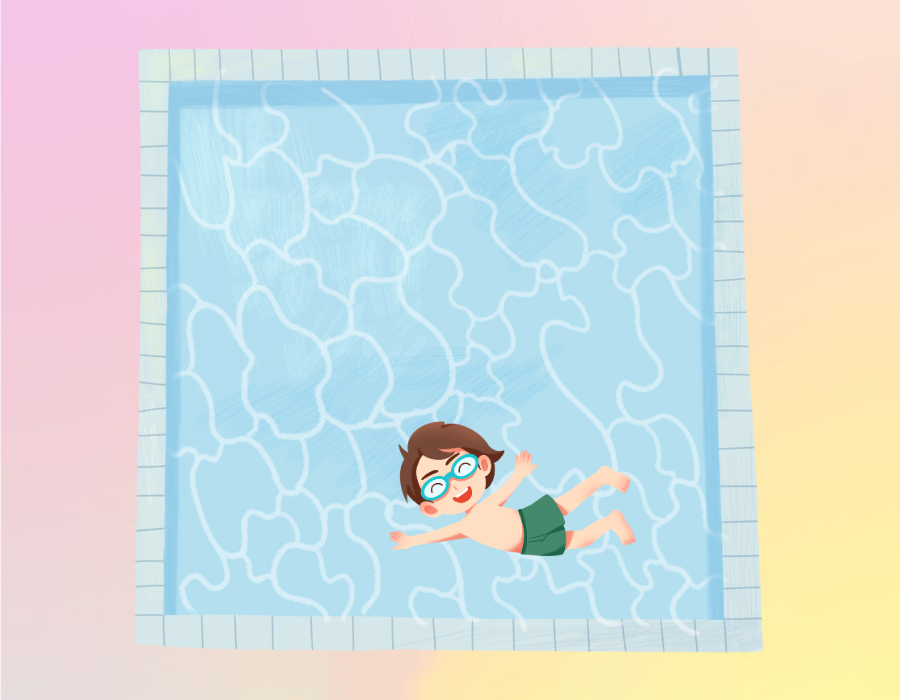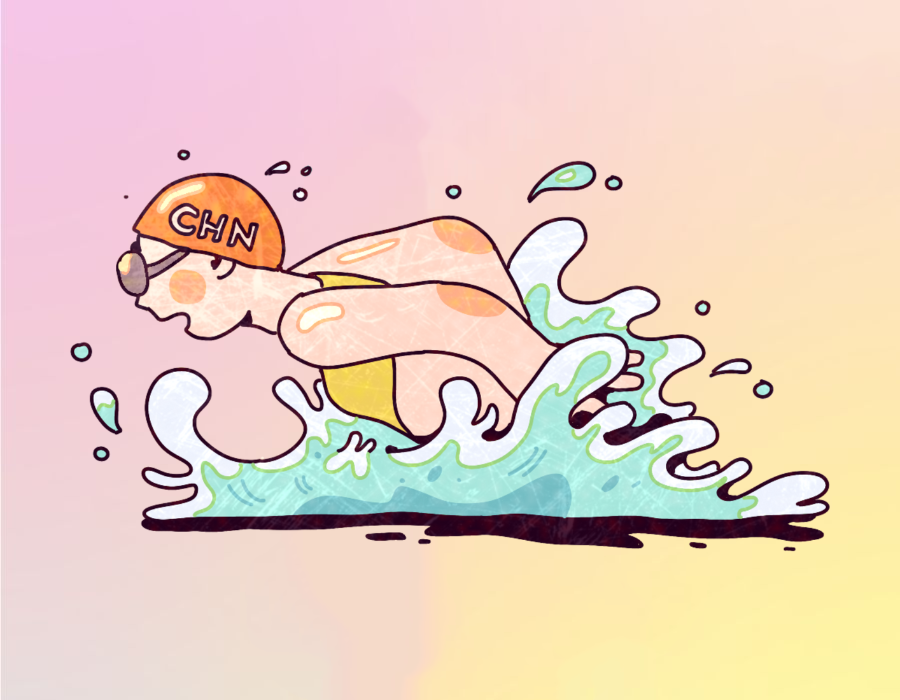Swimming Beginners Must Read! A Minimalist Guide from Beginner to Pro
If you have any queries or suggestions, please feel free to reach out via email to info@harisonfitness.com. We will do everything in our capacity to ensure that you love your experience with us.
For beginners learning to swim, the first step always starts with practicing breath-holding. Breath-holding is a required course in swimming lessons. To prevent developing a fear of water due to choking on water, we can begin by practicing in a basin filled with water.
01Basin Practice Method
First, take a deep breath and bravely submerge your face in the basin. If you’re afraid of choking on water, try slowly exhaling through your nose. As a beginner swimmer, dedicating just 15-30 minutes daily to breath-holding practice will yield noticeable progress in no time. Plus, the basin breath-holding method helps us acclimate to the aquatic environment. By the time we enter a pool or other real-water settings, we’ll have overcome any fear or anxiety about water, allowing us to dive into practical swimming drills much faster.
02Swimming Practice Methods
After mastering the face-down practice method, we can move on to pool breath-holding exercises. Before entering the shallow end of the pool, wet your body with pool water to acclimate to the temperature and avoid muscle cramps from sudden immersion in cold water.
Once prepared, enter the pool to begin practice. First, take a deep breath and slowly lower your body until the water covers your head. At this point, straighten your legs, sit on the pool floor, and experience the sensation of being underwater.
Many beginners, feeling nervous, instinctively exhale the air stored in their lungs, causing their bodies to sink. The solution is simple: just close your mouth tightly, pinch your nose, and try to blow air out. You’ll feel a sensation of pressure in your ears as the air rushes out, significantly reducing any discomfort.

03Floating Practice Method
Once you’ve mastered the “breath-holding” skill, it’s time to move on to the next level and tackle the challenge. Level Two of swimming—floating.
Grab the pool edge with both hands, take a deep breath, submerge your head, lift your feet off the bottom, relax your body, and experience the sensation of floating in the water. After mastering the basic floating practice, try releasing your hands from the pool edge and relax your body into a starfish-like position floating in the water. Students can practice floating either face-down or face-up in the water. After mastering the “floating” skill, to help improve body position in the water, increase buoyancy, and reduce resistance, we also need to learn the “streamlined” skill.
04Assembly Line Practice Method
First, we’ll practice the basic posture for the streamline position on land: hands clasped tightly behind your head; engage your core and stretch your body upward, feeling yourself elongate. At this point, you can ask your instructor or classmates to check your form, or use a mirror to self-assess. Only with proper execution can we effectively improve our swimming speed.
Once you’ve mastered the correct basic posture, you can move to the water for practice. Push off the pool wall with your legs, glide forward for a distance, then tighten your core to keep your body extended. Experience the sensation of “gliding through the water.”

In summary, beginners should master three fundamental steps: breath control, floating, and the swimming stroke. Without proficiency in these three essential swimming skills, it is difficult to learn how to swim.




Leave a Reply
Want to join the discussion?Feel free to contribute!